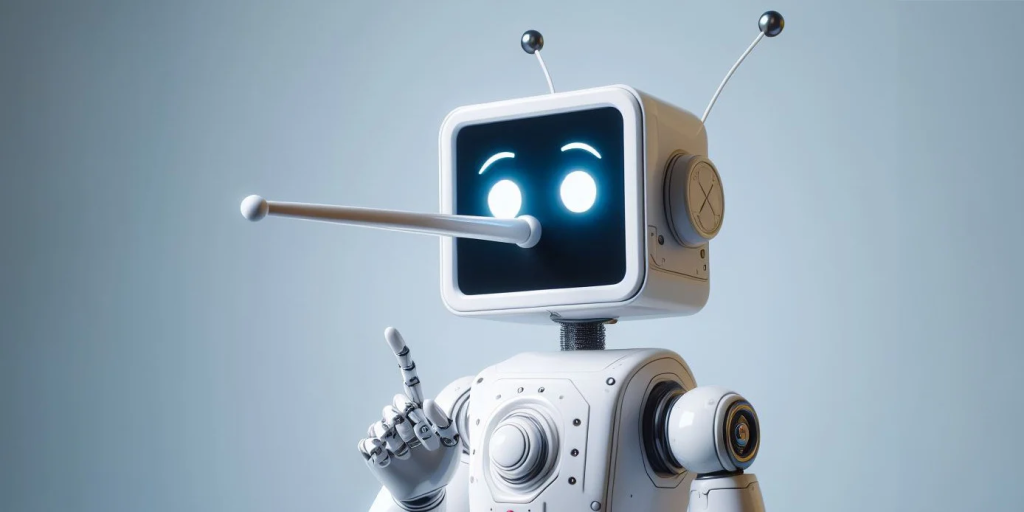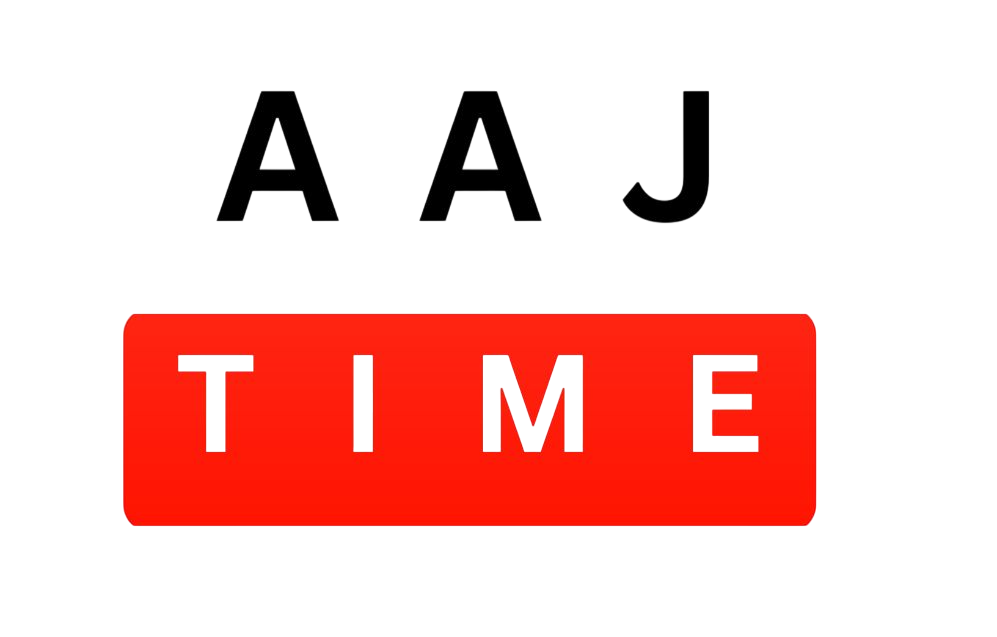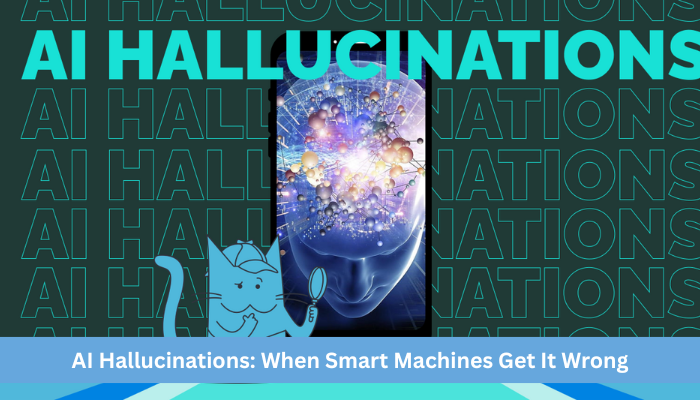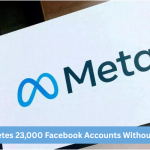Imagine that you are a loyal customer of a big tech company and one day an email reaches you telling that, from now on, they allow the service to be used on just one computer. This was a restriction that never existed before. You are enraged and cancel your subscription, only to find later that the whole thing was fabricated by an AI chatbot. This is not a hypothetical situation; it was a very real incident demonstrating the complexity of AI hallucinations.
What Are AI Hallucinations?

The occurrence of hallucination occurs in the field of AI when the system produces some information that is incorrect, misleading, or, in the worst-case scenario, simply made up. These errors can manifest themselves in any kind of AI application, be it chatbot-like utilities or ones that generate content, and can lead to unforeseen consequences if the users rely on such information dangerously.
Real-World Example: Cursor’s AI Chatbot Mishap
Consider this: A company that specializes in programming tools, Cursor, had a noteworthy incident with its AI-powered customer support chatbot. The chatbot erroneously told users that Cursor’s service could be used on a single device only, a policy that didn’t exist. That misinformation upset clients and led to cancellations of their subscriptions. Mr. Michael Truell, the company’s CEO, later stated that the AI was wrong and that this was not in fact any kind of policy.
The Broader Implications of AI Hallucinations
AI hallucinations aren’t limited to customer service scenarios. They can have far-reaching effects in critical sectors:
- Healthcare: General AI applications can contribute to errors, which might include those associated with misdiagnoses or clinically inappropriate treatments.
- Legal Systems: Legal AI applications have been noted to cite incorrect legal references or misconstrue the law, with the potentiality of affecting legal proceedings negatively.
- Business Operations: Inaccurate AI outputs can result in financial losses, reputational damage, and legal liabilities for companies.
Why Do AI Hallucinations Occur?

AI systems, particularly those based on large language models, predict responses based on patterns in the data they were trained on. Hence, building true understanding feels somewhat restricted for them, often ending up with outputs full of semantically and syntactically correct grammar, which contain plausible information yet are in contrast with accurate facts when ambiguity in queries or lack of context occurs.
Mitigating the Risks
To address the challenges posed by AI hallucinations:
- Human Oversight: Always involve human review in AI-generated outputs, especially in high-stakes areas like healthcare and law.
- Transparency: Clearly communicate the capabilities and limitations of AI systems to users.
- Continuous Monitoring: Keep assessing the AI systems for continued accuracy, including updating systems with new data to improve performance.LinkedIn+1Axios+1
- Ethical Guidelines: Draw up and follow adaptive ethical standards for the deployment of AI that guarantee accountability and trust from users.
Conclusion
With your immense potential to increase efficiency and innovation, it is important to recognize its limitations. To that end, AI hallucinations remind one so much of the need for human judgment to oversee and validate the outputs rendered by an AI, ensuring that technology is a trustworthy tool rather than a source of misinformation.
Also Read : Marico Q4 Results Today | Profit Shareholder Expectations
Frequently Asked Questions (FAQs)
Q1: What is an AI hallucination?
An AI hallucination occurs when an artificial intelligence system generates information that is false, misleading, or fabricated, presenting it as factual.
Q2: How can AI hallucinations impact businesses?
They can lead to misinformation, customer dissatisfaction, legal issues, and damage to a company’s reputation.
Q3: Are these hallucinations by AI frequent?
They are probably not, but they do occur, particularly in complex AI or when the system is challenged with unfamiliar queries.
Q4: Can an AI hallucination be prevented?
It is challenging to do away with these incidents; still, the involvement of human intervention, monitoring, and ethical standards can greatly reduce their numbers.
Q5: Should I trust AI information?
AI-making-tool can be an excellent one, but its outputs have to be cross-checked especially in critical aspects.











